The Article
6000A Integrated Amplifier From Audiolab
1st July 2019
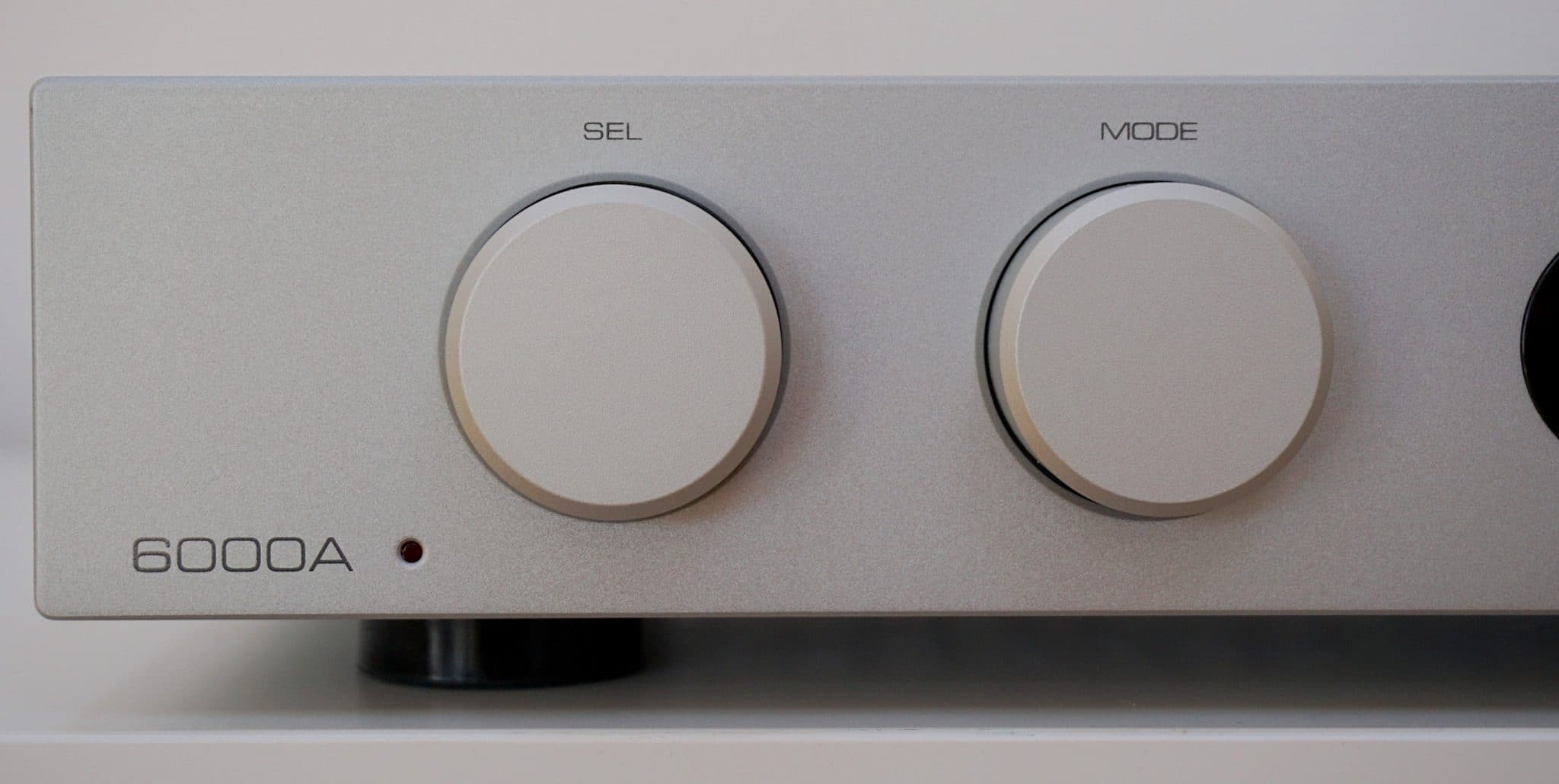
Adopting a traditional and solid form factor on the outside, Paul Rigby realises that the magic is occurring under the lid
The thing about the 6000A, when the aesthetics are considered, is that it looks like an integrated amplifier. Don’t dismiss that point. It’s actually critical to target sales. I say again, the 6000A looks like a traditional integrated amplifier. It looks safe. It looks steady and solid. It doesn’t try anything fancy. You would never accuse the chassis of ever emerging from an Italian design studio. There’s no chic fashion sense with this one. If you saw this box in the 80s, it would look rather racy, that’s for sure, but it wouldn’t look too out of place.
For some users, that is all they want. And that’s important. Weird and even slightly off-kilter designs can scare and make certain hi-fi fans feel uncomfortable. Even slightly conservative half-width amplifiers can be an issue for some.
The 6000A – at least on the outside – is the Mother’s Pride processed white loaf of amplifier design. You can see it for what it is at 30 paces. Again, I’m not damning this amp with faint praise when I say that. That’s not a bad thing. It’s a firm design choice.
Before I began the review of this box, I was comforted to know that the designer of the 6000A was also the same designer of the older 8300A. Jan Ertner took the basis of the latter to create the former which meant that hard won knowledge was now being refined and improved upon. There’s nothing worse than a single line of products that feature a host of designers who not only constantly reinvent the wheel but often make the same old mistakes over and over again (it’s happened many times in the past). Not here. So I already had a sense of confidence going into this one.
This is an amplifier but it features other components too. The ES9018 Sabre32 Reference DAC is one of those, featuring 32bit HyperStream architecture and Time Domain Jitter Eliminator. Again, this chip is not a foreign component. You’ll find it in the company’s M-DAC. Continuity again.
Connected to the DAC are the 6000A’s four digital inputs – two coaxial and two optical – which handle 24bit/192kHz. Tagged to these are user-selectable digital filters: Fast Roll-Off, Slow Roll-Off and Minimum Phase. I’ll say now that I normally hate these sort of things. Anything that takes me away from a pure, default, flat signal is an experience as near to abhorrent as I’m likely to find. That said, I’ll give them all a test in due course.
Streaming is also possible via Bluetooth (plus the now usual aptX codec).
A Class AB amplifier, that can also be used as a pre-amp and as a power amplifier too, the integrated mode of the design pumps out 50W per channel into 8 Ohms, the output stage of the discrete power amp circuits uses a CFB (Complementary Feedback) topology plus a meaty 200VA toroidal transformer followed by four 15000uF reservoir capacity (60000uF in total). The idea is to reduce the strain upon the amplifier and to maintain a sort of backup of power, ready to use.
Audiolab has included a phono stage for moving magnet phono cartridges – a JFET-based circuit with RIAA equalisation. A dedicated headphone amp with current-feedback circuitry is also included.
Spanning 445 x 65.5 x 300mm and weighing 7.8kg, the 6000A is available in a choice of silver or black.
SOUND QUALITY
I started with Mike Oldfield and his Platinum (Virgin) LP from 1979. I played Into the Wonderland, featuring vocals by Wendy Roberts. A sweet, beautifully melodic and slightly melancholic, low key ballad with a high-energy, rocking finish.
I suppose, if I were to describe the 6000A in one word, it would be confident. This amplifier is not shy, it doesn’t try to hide any aspect of its sound envelope. The 6000A will never die wondering. That is, the 6000A gives its all in the cause of making you happy.
The overall presentation from the Audiolab 6000A was balanced and balanced means you get to hear some bass. This is not always the case for mid-placed budget equipment. Bass is often sacrificed or at least trimmed to some extent. Even the best sub-£1,000 amplifiers out there love to trim bass. It’s a cost issue. That doesn’t happen with the 6000A.
The 6000A allows bass into the soundstage. That means that both the percussion and bass guitar were not only able to ground the music and stop it flapping in the wind but also offer a solid, rhythmic pace to the whole arrangement. That is, there was a sense of order here. The music flowed with an added, deeper groove. The structure was both solid and funky.
One of the persistent fears I have as a reviewer, from amplifiers designed at this price point, is frequency discipline. This is another reason that may sub-£1000 amplifiers are rather bass shy. Most of them can’t handle it. Too much of it, at any rate.
That is, there is a danger of allowing too much bass into the soundstage because it may create a warming feeling, leaking into the midrange and creating a sepia-like effect. Again, that never occurred with the 6000A. Frequency discipline was paramount so bass stayed put and never bloomed into the mids.
In fact, let’s pause for a moment here to dwell and emphasise this one feature. If I was going to pin one all-important factor for the success of the 6000A it would be tonal balance. In fact, you could ally tonal balance as being the killer feature of the 6000A. The headline. Tonal balance is the underlying strength of the 6000A. I really haven’t heard anything like it under £1,000.
The upper midrange was delightfully detailed and accurate although fragility and delicacy were not great priorities, I have to say. I never saw reverb tails of filigree lattice flowing from cymbal taps but this is a £599 amplifier we’re talking about here, not a £5,999 design. So no, don’t expect that but do expect to hear everything that a £599 amplifier can provide: complex and chaotic lead guitar with enough precision to make sense, wind instruments that feature a character and lightness of touch and a layered soundstage that revealed even shy instruments lurking at the rear of the mix.
Before I moved from vinyl, note that the built-in phono amplifier is a good one. An external model is better but the internal model will be fine for those of a budget. Buy an external model when you can, though.
I then turned to Bluetooth which I paired to my iPhone 8. Pairing is automatic. That is, you select Bluetooth as a source on the amplifier and the 6000A pops up on your Bluetooth screen on your phone. Painless and easy pairing. I played Marvin Gaye’s Mercy Mercy Me as a lossy file. Often, playing such a file in this way results in a bright and edgy play response but not here. The 6000A was able to calm any possible issues. So while the midrange was lacking insight, bass was hardly focused and treble was almost a non-entity, none of that was the 6000A’s fault. In fact, the 6000A made the best of a bad job, providing a perfectly listenable track without any nasty sonic responses. What I liked about the 6000A’s take on Bluetooth was the creation of a wide soundstage and, because lots of space was now on offer, the instrumental separation that also followed. Allowing each instrument within the mix to be presented on its own, adding to the complexity of the presentation.
Next up, I plugged in my Astell&Kern AK120 into the rear-mounted optical port and played Dire Straits’ So Far Away from their Brothers in Arms album. I liked the way the 6000A handled this 24bit/88.2kHz track because the track was mastered with excessive peak limiting creating a compressed sound. The low noise aspect of the 6000A, the balanced and controlling nature of the upper frequencies and the solid bass foundation allowed this track to be broadcast in a mature and stable fashion. To such an extent that the compressed element was no longer a real issue.
Playing the restful piano tinklings of Erik Satie at the same resolution was a relaxing and enjoyable experience. The potentially chaotic resonance of the piano was handled well by the 6000A in terms of control while the nuanced nature of the keys and pedals from the Satie piano was transcribed with both ease and insight to give the performance a sense of delicacy alongside that sense of authority.
I then took a quick listen at the range of DAC-related filters available within the unit. In the 6000A’s manual, the Phase filter is talked about as if the resultant sound resembled analogue but I had to disagree. The presentation emerged from cotton wool, sounding overly damped with a lack of precision and midrange insight.
The Slow filter reduced that effect dramatically while Fast was a default flat response. I hold my hands up here. I had to eat my words with these filters because my preference leaned towards the Slow filter which I actually found superior to Fast. The latter is supposed to be default and flat but I found Fast to be a touch edgy.
So, thumbs up to Audiolab. I never thought I would actually hear a usable filter on any piece of hi-fi equipment but, blow me down, Audiolab has created the very thing.
One important thing. Critical if you’re sound testing the 6000A and the DAC is significant to you. Make sure you properly review the amplifier with each and every filter. Cycle through each in turn and give each one time. Punching in any one of these filters will change the inherent character of the 6000A’s DAC. For example, if you talked to me about the 6000A having only listened to the Fast filter and I replied to you having only listened to the Slow filter, we’d effectively be talking about two different amps.
Hence, don’t judge the 6000A until you’ve heard all three filters. Listen to your Uncle Paul on this one.
Finally, I plugged in my reference headphones to listen to Satie via the internal headphone amplifier. While there may have been a limit on midrange extension, within the confines of the head amp’s performance envelope, the sound was admirable indeed offering plenty of refined detail on offer plus light and shade to add interest.
CONCLUSION
I listened to this amplifier for some time and realised that the basic presentation was supremely balanced in terms of how it delivered music to the ear. Some hi-fi components do one thing very well and if you’re looking at a budget component that can often be a fascinating experience because build budgets often preclude a generally good performance. The 6000A is one of those pieces of kit that does its best to do everything very well indeed.
Of course, it can’t. Not really. Money won’t let it. That doesn’t stop to trying, though.
In terms of ‘can’t’, what the 6000A doesn’t give you an extended dynamic reach. That high ceiling that higher-end amplifiers provide to allow the upper midrange to soar.
Now, some amplifiers in this price range will give you that. But then they will fall over very badly in other areas because too much emphasis has been placed upon that soaring thing for the build budget limits. So, for example, you may come across an amplifier that offers great midrange extension but the bass will be lacking. In other words, you go too far in one direction? You pay for it in another.
The 6000A doesn’t do that either. It never actually falls down. It never leaves you feeling, “Wow, it does this and this amazingly well but I wish it didn’t do that…” You won’t give that response to a 6000A listening session.
In short, the 6000A provides the perfect balance of performance to a build budget. It’s the perfect compromise. Every part of the sound envelope has been looked at and enhanced to the point when the money ran out. Then Audiolab stopped at that point.
Hence the 6000A squeezes every last penny of performance from your £599. If the designers had been told that the price was £649, they would have improved everything a bit more. For £699? Everything would have been improved a bit more still. You see? The 6000A is even handed, offers great sound and is one of the best value amplifiers on the market. If you want to hear how your money has been spent, buy a 6000A.
Bottom line? The Audiolab 6000A is better than you think.
AUDIOLAB 6000A INTEGRATED AMPLIFIER
Price £599
Website: www.audiolab.co.uk
TO BUY CLICK BELOW:
USA – https://amzn.to/383xoR3
EUROPE – https://amzn.to/3mMazW8
GOOD: confident bass, instrumental separation, upper midrange detail, balanced output
BAD: nothing
RATING: 9
[Don’t forget to check out my Facebook Group, The Audiophile Man: Hi-Fi & Music here: www.facebook.com/groups/theaudiophileman for exclusive postings, exclusive editorial and more!]
REFERENCE
Pro-Ject RPM3 Turntable
Tellurium Q & QED cabling
Blue Horizon Professional Rack System
Harmonic Resolution Systems Noise Reduction Components
All vinyl was cleaned using an Audio Desk’s Ultrasonic Pro Vinyl Cleaner


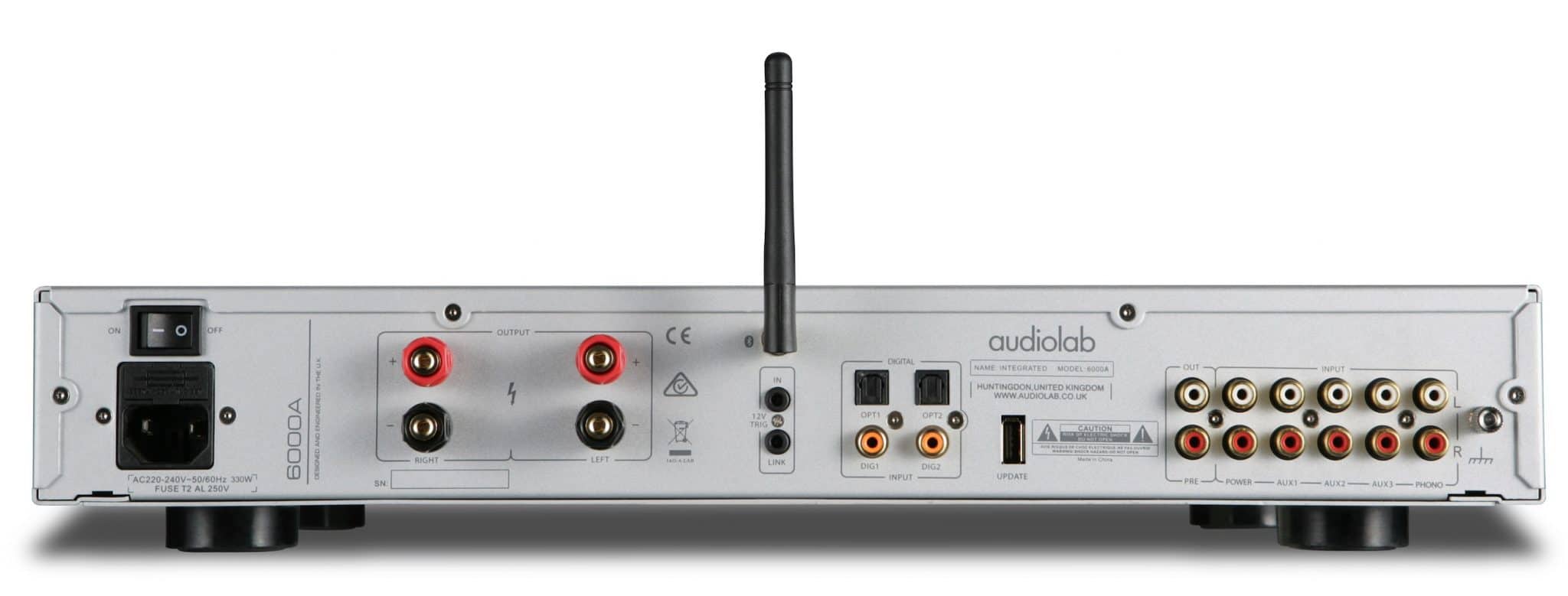
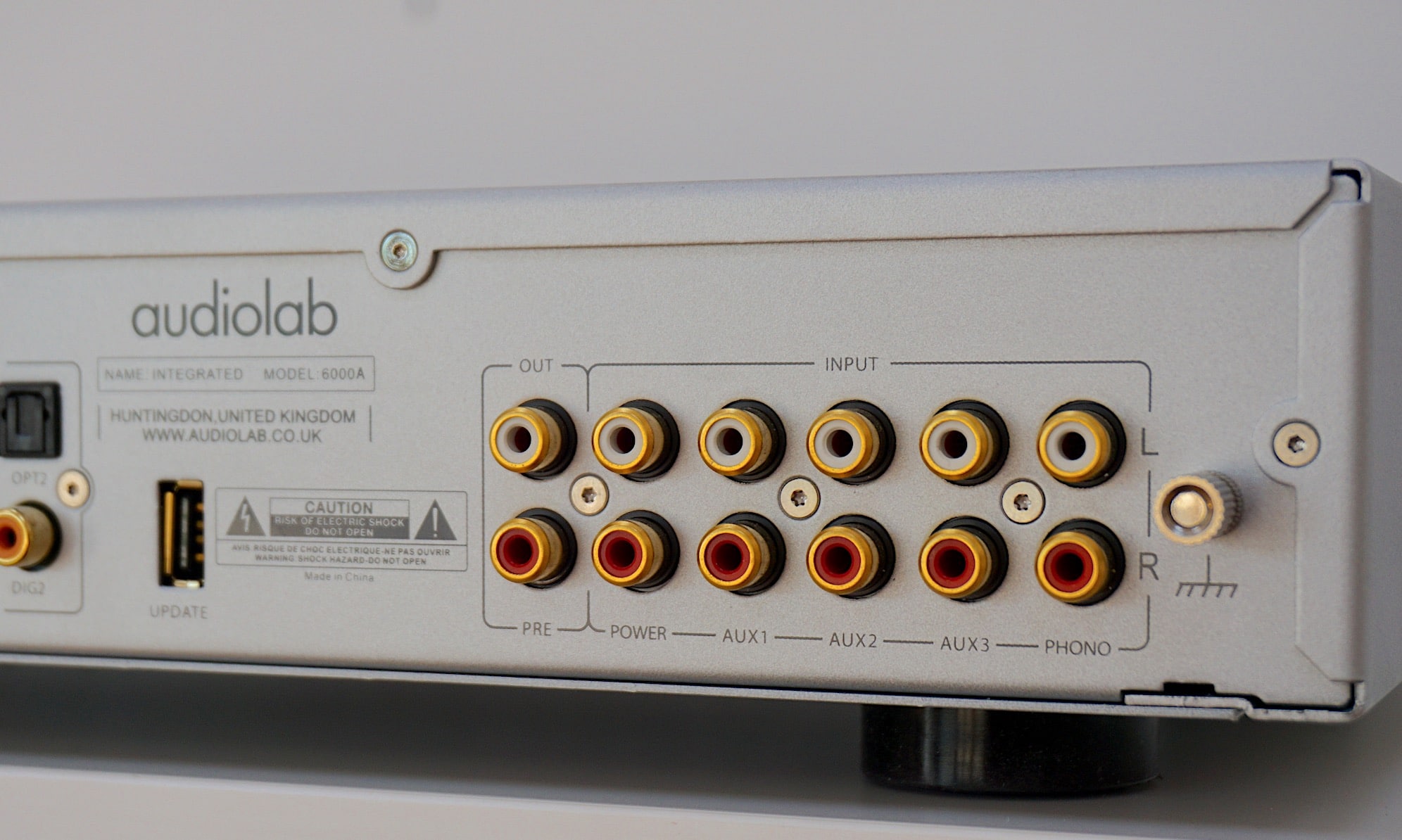
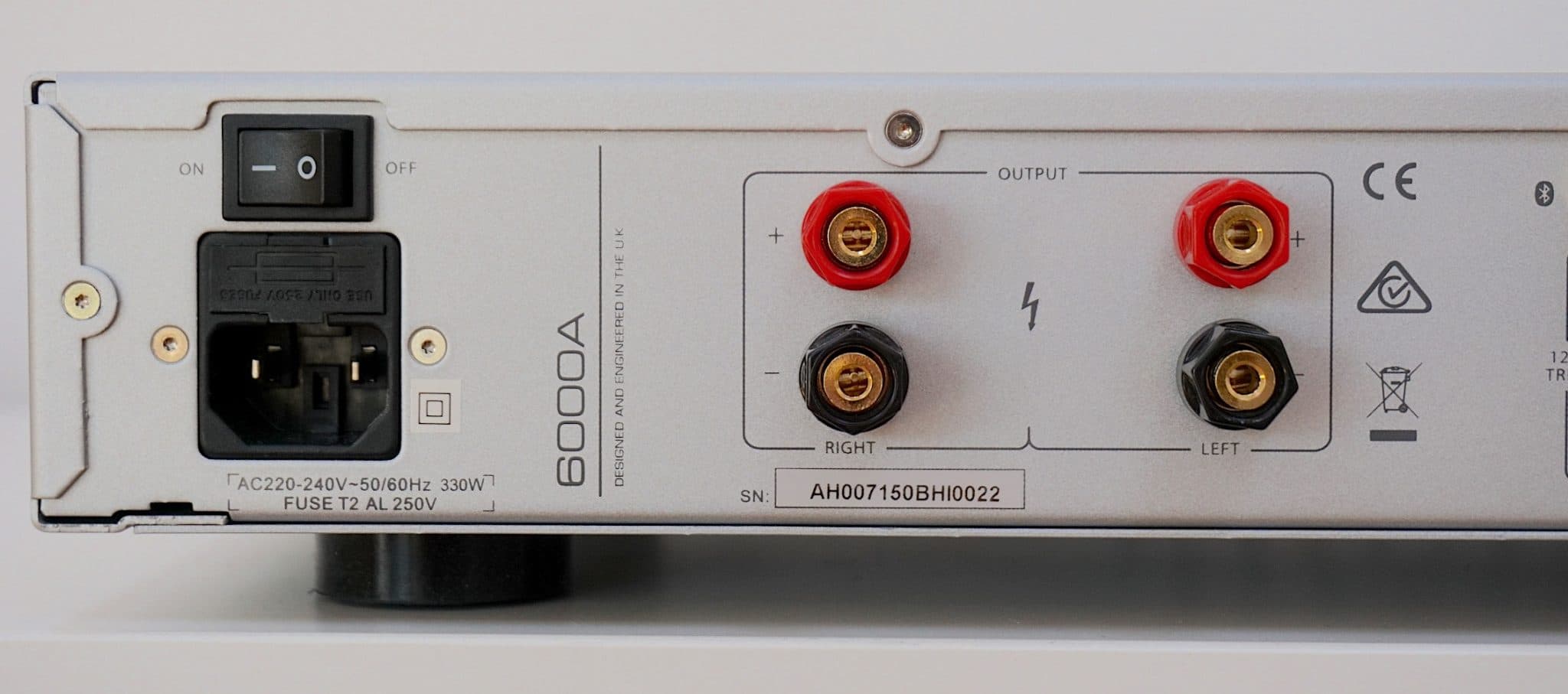
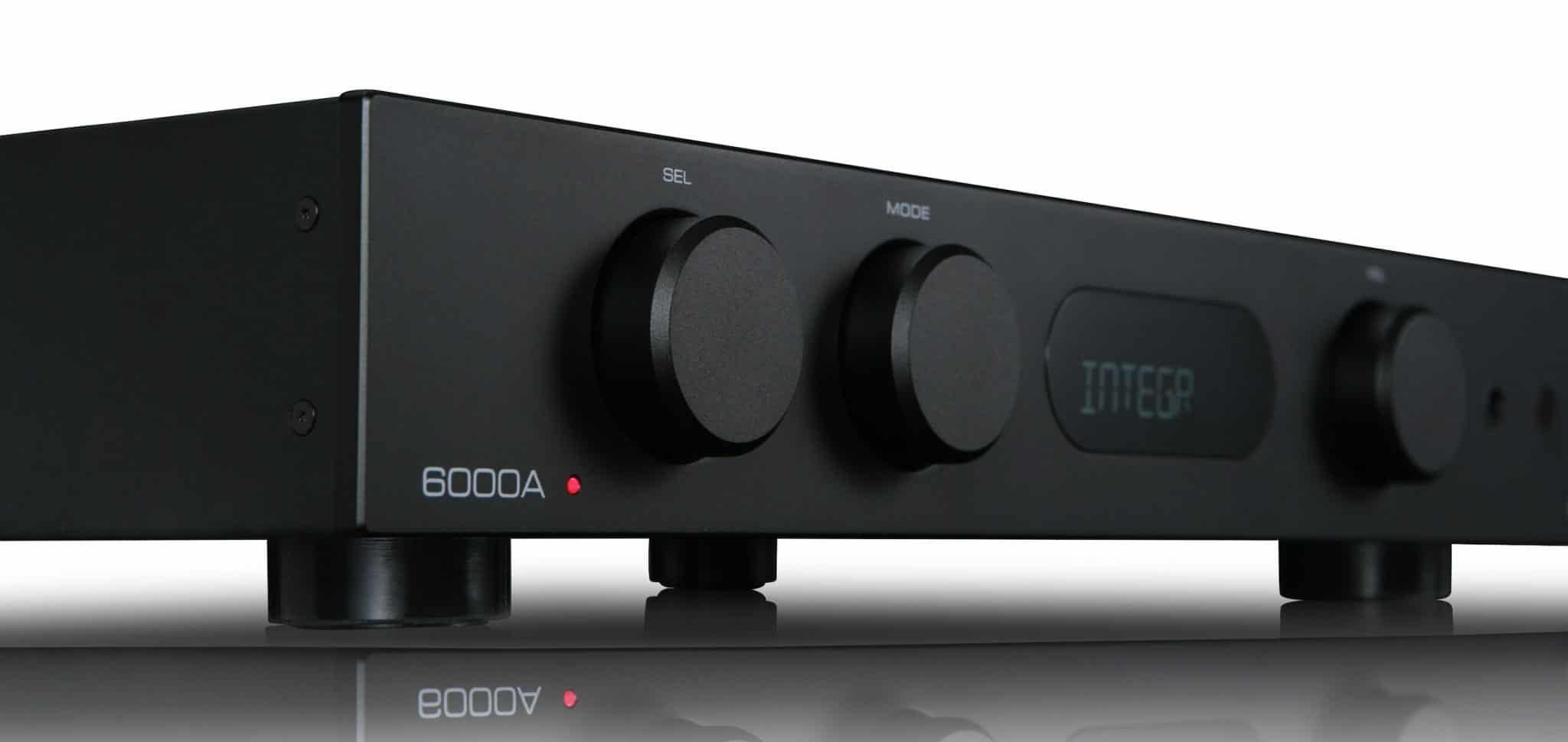
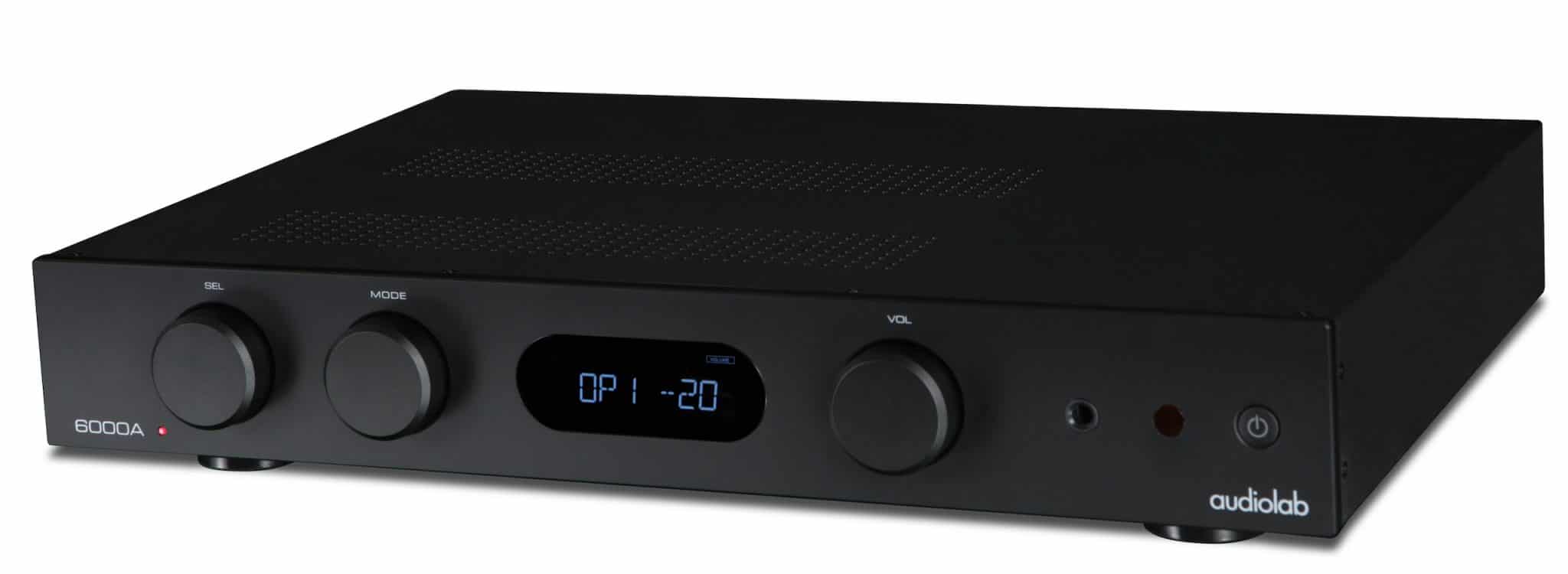
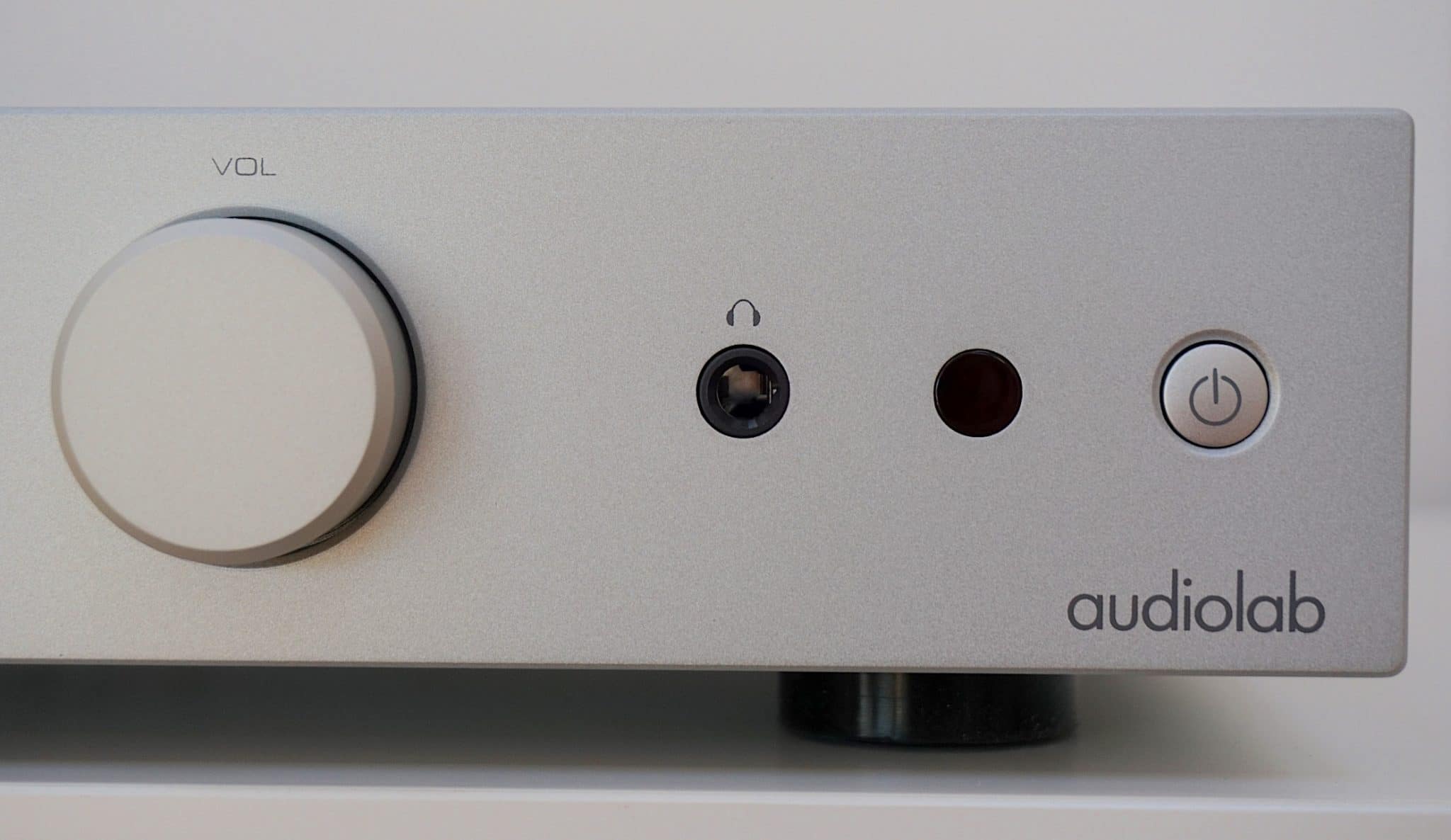
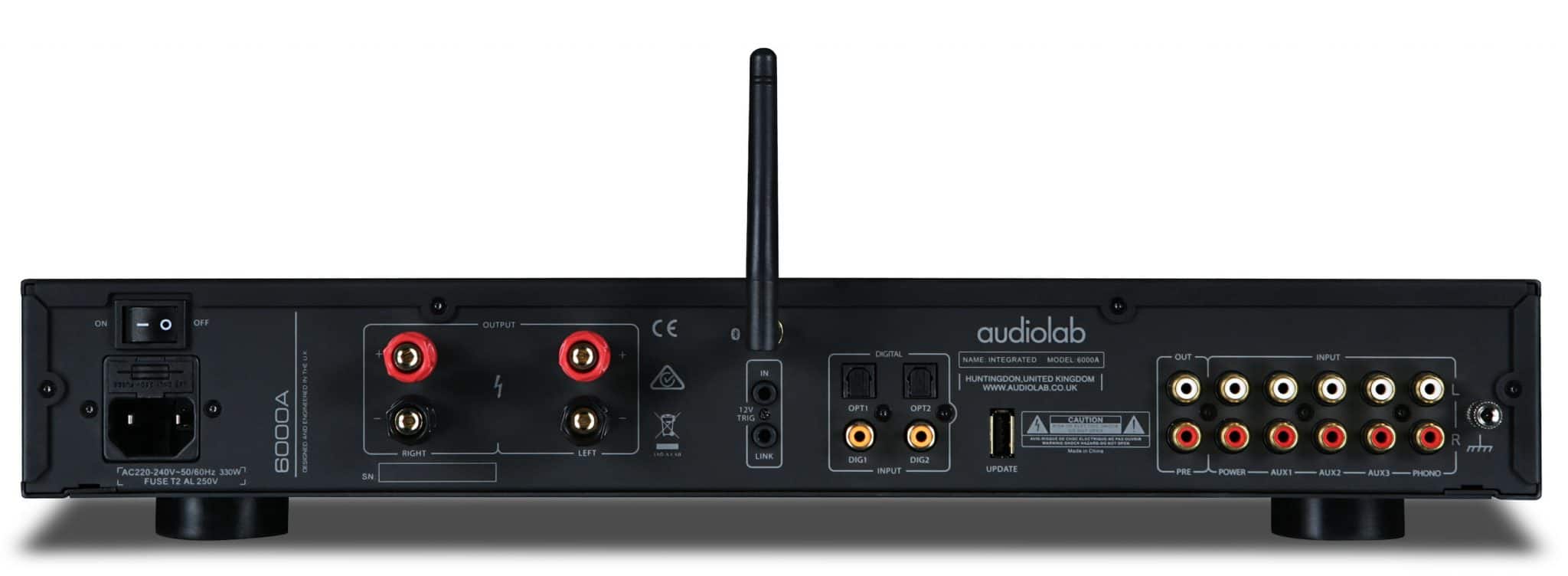

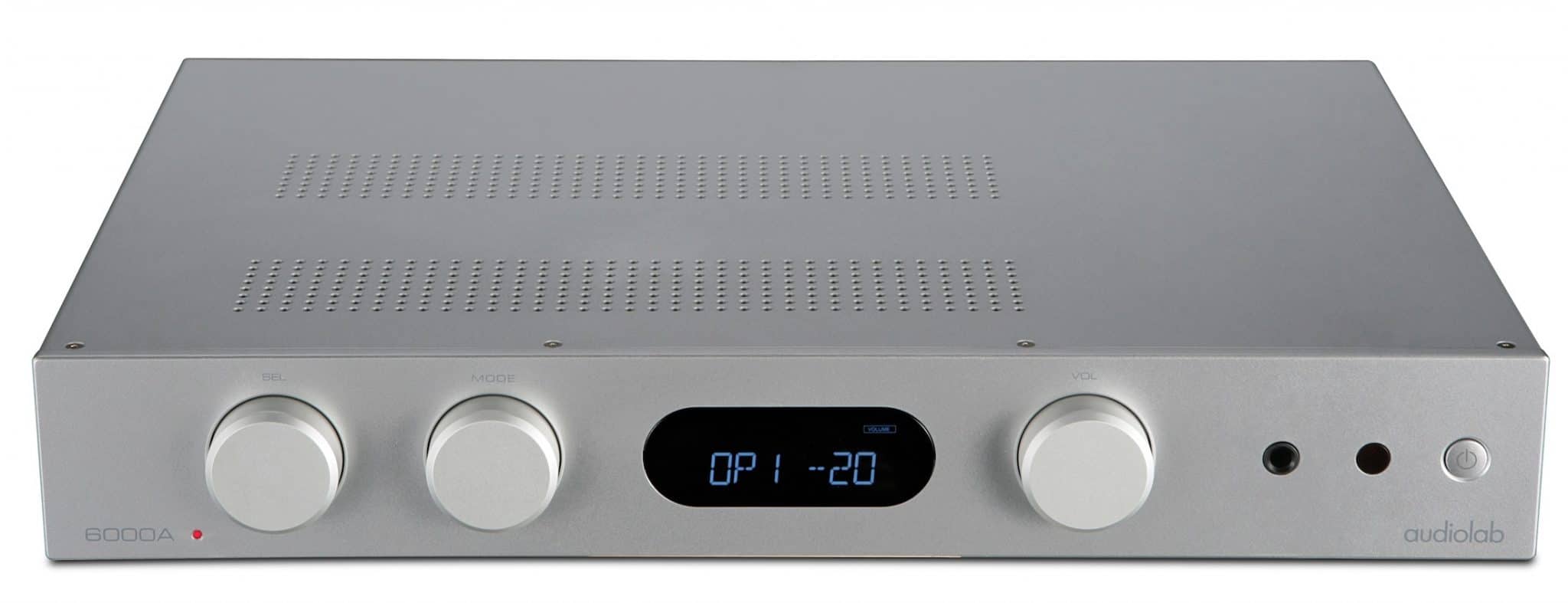
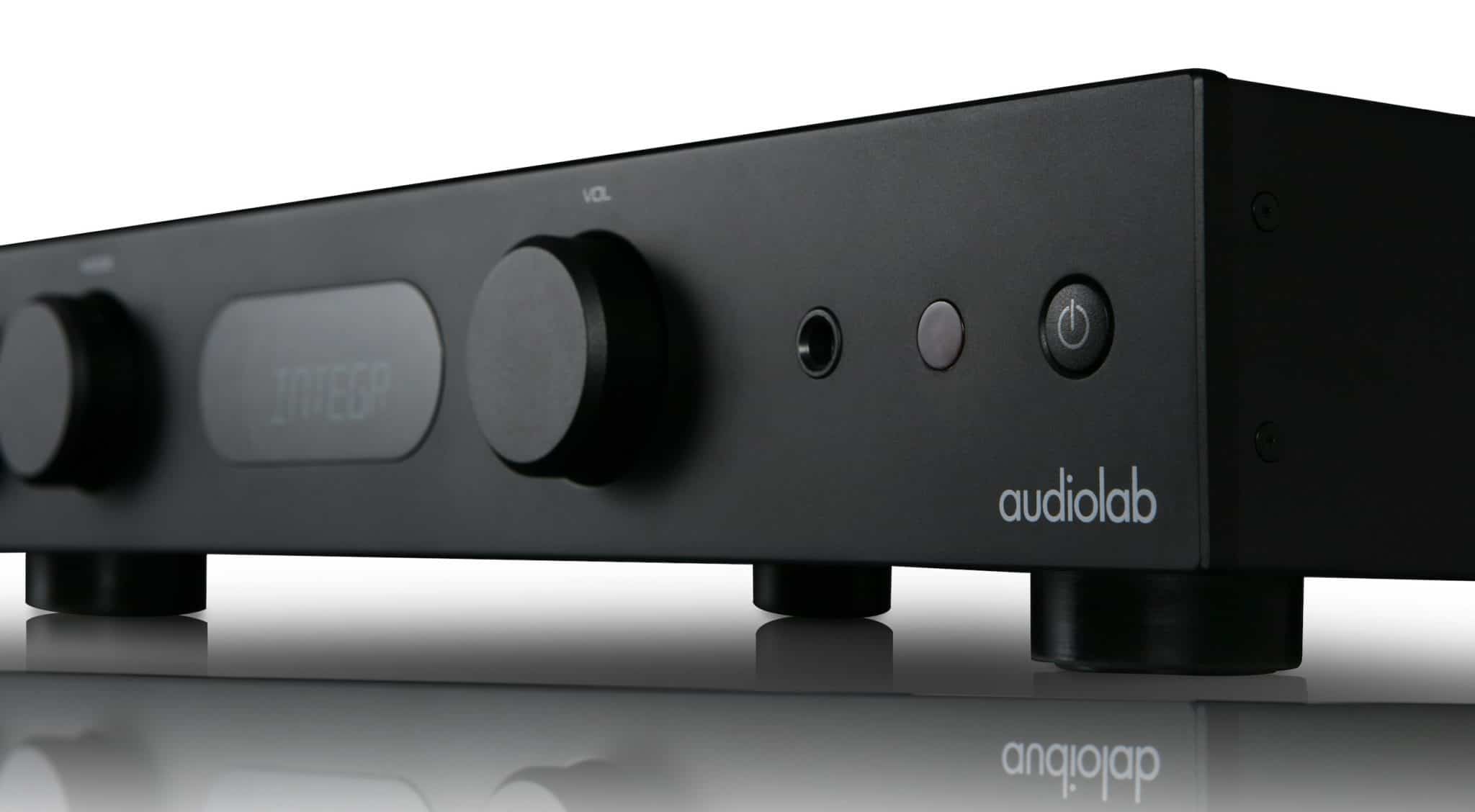
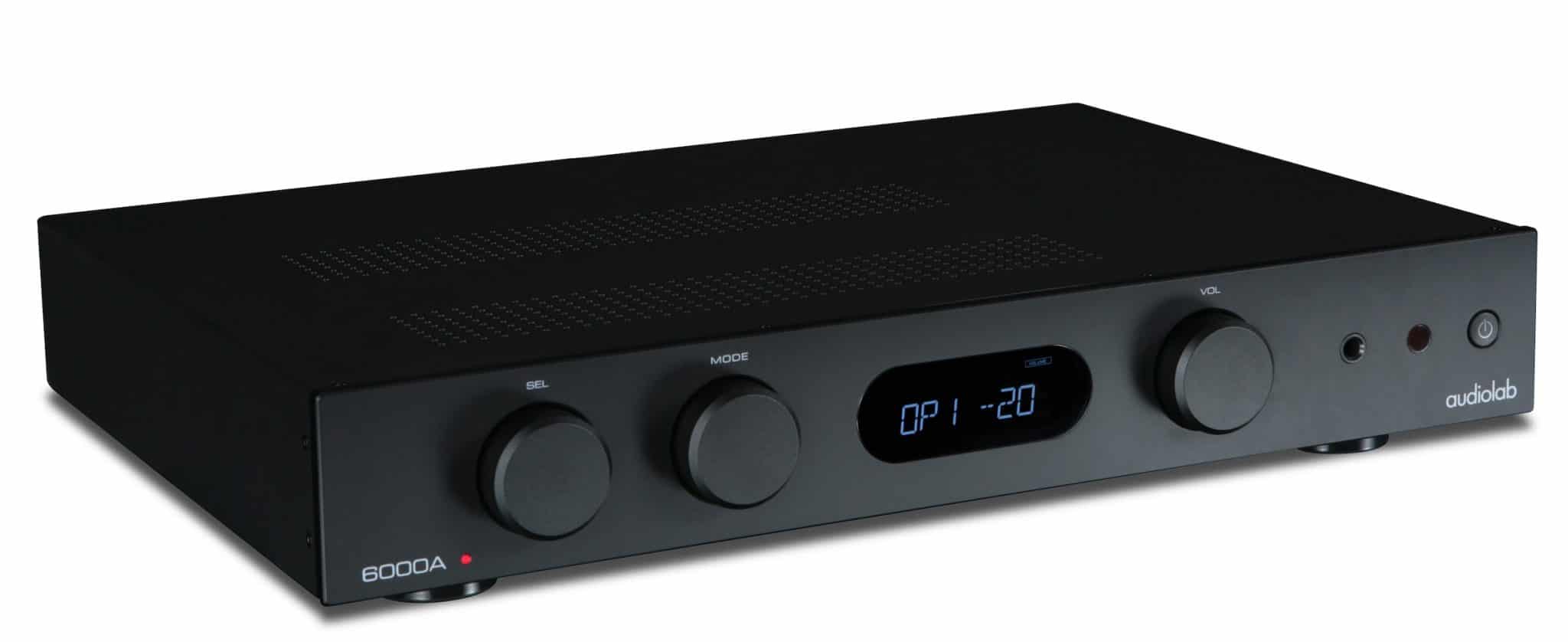



Hello, really enjoying your youtube and website.
Odd question… does anyone use this amp with optical out from a TV? Wondering if there’s any problem with syncing of dialogue (lips moving and audio in perfect time) ??
Thanks for any help!
Thanks Richard – you can use the optical. Don’t see why not. I use an amp and separate DAC with my TV and it’s fine. Only difference here is that the DAC is built into the 6000A. Go for it.
My speaker budget is around $1500 Australian and my source is mainly classical vinyl on Audio Technica AT-LP5 t/table and also a NAD C542 CD player.
Hi David – one more 🙂 What cart is on the LP5?
The cartridge is a AT95EX.
OK, thanks for that David, My advice? Before you spend a lot of cash on speakers, I would plough more money into the source first. A turntable upgrade would be a good idea but, if not then an improved cartridge and external phono amplifier would be my first ports of call.
Hi Paul,
probably late, but I would have a modest question. Audiolab 6000A, Cambridge CXA 60 or Musical Fidelity M2si? Of course, in the last two cases with the accompanying phono preamplifiers. The turntable is a new and absolutely great sounding Pro-Ject X1, CD player iz Marantz 6005 and the speakers are KEF Q55, a bit old and mostly neutral on the brighter side. I’m cosidering Dali Oberon 5 or Q Acoustics 3050i too.
Thanks for the reply, faithful reader
It’s never too late Petar 🙂 All three amps are recommended and you’d be happy with either of them but I prefer the 6000A is terms of tonal balance and overall sonic quality.
Thanks for the recommendation. You confirmed my first choice.
Here is my recommendation: you’ll be pleased to hear the X1, sounds wonderful.
Hi Paul,
I have this amp hooked up to a set of Kef’s new LS50 Metas. The results at middling volumes are excellent, but at low volume there’s a lack of bass (where’s a loudness button when you want one!) and at high volumes the treble starts to get quite edgy.
The LS50’s are known to be power hungry and I wonder whether the 6000A lacks the grunt to really get the most out of them? If so, where would you look? (Nothing overly bright) I’m not really interested in mucking about with a small upgrade that only gets me half-way there – I’d rather keep my powder dry until the time is right. Or maybe a sub-woofer….?
Any thoughts would be gratefully appreciated.
Cheers
Hi Gavin – can I ask what amp you’re currently using? The one that’s not really doing the job?
Hi Paul, sorry, it’s the Audiolab 6000A that is not quite up to driving the KEF LS50 Metas. Well not to their full potential anyway. Cheers.
Gavin
Gotcha – if you feel that the 6000A is underpowered then a relatively low-cost pre-amp/power might be the direction using something like an Edge: https://theaudiophileman.com/edge-a2-300-amplifier-review-xtz/ and a low-cost pre from someone like Schiit.
Ooh, that’s a really interesting idea. In terms of a pre-amp, are you recommending something like the Schiit becuase you think it will do a better job than the 6000A in pre-mode, or were you thinking more of the cost angle – ie. sell the 6000A to free up some cash.
On a broader point, I find both your website and your Youtube channel most enjoyable. Thanks for all the effort you put in.
If you’re looking for power on the cheap then a dedicated low cost pre-amp hooked to a power amp will give you that, sure. And thanks for your kind words 🙂
hi
please can you detail your observation?
thank you
paulo taborda
Gavin, let me know if you decide to the sell your Audiolab. Thanks!
Hi Loren, I have decided to sell.
ATB
Gavin
Reply to Paulo Taborda:
I’m not sure how much more I can say than in my original comment, but I will try. Please bear in mind these comments relate specfically to the combination of Kef LS50 Meta speakers with the Audiolab 6000A amplifier. I am sure that other combinations don’t have these issues, otherwise neither component would have been so well reviewed by respected sources.
I should also say that this is by no means a bad setup. The results are very good, but I’m looking for something more. Indeed it might be that my expectation of what a ¬£1600 amp/speaker combination can do is unrealistic.
Anyway, here goes:
There seems to be a sweet spot at middle volumes where everything sounds good and there is a reasonable amount of bass. However at low volumes, the bass falls off significantly, so much so, that at volumes consistent with night-time listening in a small house, there is very little bass at all.
Conversely at high volumes, the trebble is a little bit shrill for my taste. This could be a problem with my room, so I won’t say any more about that.
I understand that the LS50 Metas are small speakers, and are never going to produce thunder. However, as a frame of reference, at low volumes my Sonos Play 1’s kick out a lot more bass. I know that is how Sonos tune their speakers, but the point is that the Play 1’s prove that driver size on it’s own cannot be the problem.
I contacted KEF about whether I should look at a different amp, or maybe a subwoofer as the solution. Their response was interesting and helpful:
“The LS50M really do benefit from good levels of power that offer control and grip, the lack of bass weight is probably due to under powering them.
I would invest in a new amp in the first instance before looking to add a subwoofer. We have used the Hegel H Series here at KEF Towers with excellent results (especially when developing the LS50M), so can say with confidence that this is a good place to start – I’m sure the bass weight will be there with plenty of energy and will be sufficient to satisfy your listening tastes.”
HTH.
ATB
I have Audiolab 6000a, Audiolab 6000n and KEF R3 speakers, I’m happy with it but can’t help but wonder what the XTC Edge A2-300 could do for me,
Wait for the Edge A2-400 to be released, there are pictures and specs for it available online.
Hi Paul. I love my old Audiolab 8000a because of the sound and the fact that it has tone controls which I feel I cannot live without. Would it be possible to connect my Audiolab 8000a to the new Audiolab 6000a and use it as a preamp and still be able to use the tone controls. If so how exactly should I connect the two amps together please.
Hi Richard – I wouldn’t go there, to be honest. It’s a bit like buying a 2-seater sports car as a runabout and then towing another two-seater sports car behind it to carry all of that newly cut turf you need to lay the garden in the spring. You’re doubling up unnecessarily while both will suffer by being in the same chain. If you love your 8000A then keep that and enjoy it. If you need a pre-amp then buy a specialist pre-amp but then also buy a specialist power amp to hook it too. The 6000A is an integrated amp and should be used as such. I always advise using the right tools for the job.
Hi Paul. What to choose for MA Silver300: Cxa 61, 6000A or Roksan K3?
Hi roata ‚Äì the Roksan but, at around twice the price of the others new, it really *should* be better üôÇ